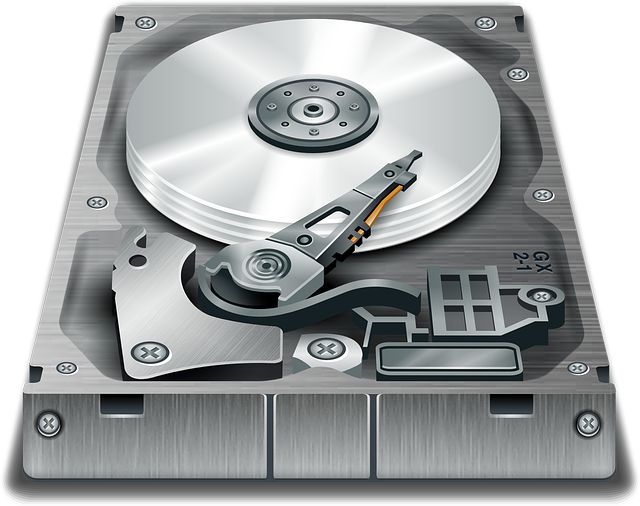Looking at Data Storage Longevity
August 2nd, 2016 by admin

Not all storage devices were built to stand the test of time, so it’s important for every business to ensure its data is backed up on a reliable platform.
If you’ve ever needed to reference financial records or court cases from a decade ago, you’ll know how much easy, reliable access to data can boost productivity.
All the work that goes into your storage solution could turn out to be a waste if that 17-year-old CD-R no longer works. But don’t worry—we’re here to help you decide which storage medium is right for you.
USB Flash Drives
Flash drives can last for decades. Their lifespan is determined in read/write cycles instead of in years since manufacturing. If someone backs up data to the USB drive once, stores the device in a safe location, and uses the drive ten years later, the data will still be there. However, it is important to note that flash drives are not a viable storage option when exposed to extreme temperatures, humidity, dust, contaminants, frequent re-writing, and/or improper disconnection.
Optical Discs (CD, DVD, and Blu-Ray)
Optical disc-based storage can be a mixed bag because manufacturing quality varies wildly. Cheaper, off-brand discs are notorious for degrading over just a few years—so, in big picture terms, you’re looking at a lifespan range of between 2 and 50 years. (Not very helpful, to say the least.)
Higher-quality discs made with gold or silver instead of aluminum are much more resistant to corrosion, and can last as long as 300 years. If your business has important data stored on aging, lower-quality optical discs, it’s a worthwhile investment to move that information to a more reliable medium. According to NPR, leaving discs in climate-hostile environments (like in a car over the summer) can contribute to significant wear and tear, so it’s important to keep the discs stored in a cool, dry room away from intense light exposure.
Hard Disk Drives and Solid State Drives
HDD and SSD lifespans are measured in usage versus time since manufacturing, so the devices work well indefinitely for long-term storage as long as they are not used too frequently. According to a widely referenced BlackBlaze study, around 26 percent of HDDs fail within a four-year high-use testing period. Using a server or NAS-based drive to perform constant backups can wear down the device, but both formats work well for periodic backups. One option is to save backup data to an external HDD until it’s full, then put that device into storage until you need to access the data.
No matter which platform you use to back up data, multi-site redundancy remains important. Many businesses opt to use both a Cloud backup and a local, physical backup. Reliable long-term data backups are an important part of the disaster recovery process—and the experts at ATS can help your business devise a long-term data backup strategy that caters to your unique needs.

